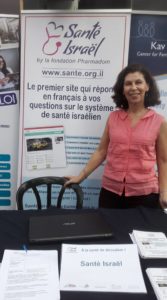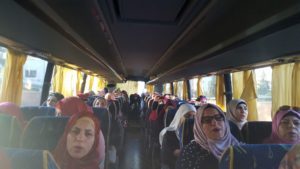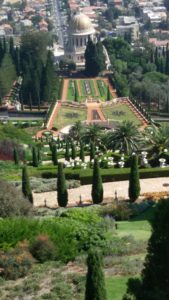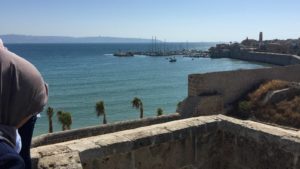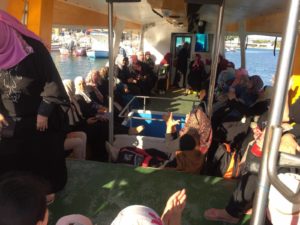Santé Israël at the Emek Rafaim Social Change Fair
On September 10, Santé Israël went to the fair. This time it was a Neighborhood Fair for social action on Emek Refaim St., produced by the Ginot Ha’ir community center. The fair featured performances for children and adults, jam sessions, a pop-up garden, and a slew of information desks from a range of social action projects. (You can see a map of the festival, in Hebrew, here.)
Marie Avigad, Santé Israël Project Manager, was there to present the Santé Israël web site. She also distributed information about the health system in Israel – similarities and differences from France, employment opportunities and issues, and more.
Here’s the post by Santé Israël:
And here’s a movie live from the event:
Qualita offered Santé Israël the opportunity to take part in this event. This umbrella organization for French-speaking immigrants in Israel was close by, and took more pictures of the fair. Here’s their post (in French):
Looks like the fair was a lot of fun and very very successful.
Many thanks to the Pharmadom and Rashi Foundations for their continued support of Santé Israël.

